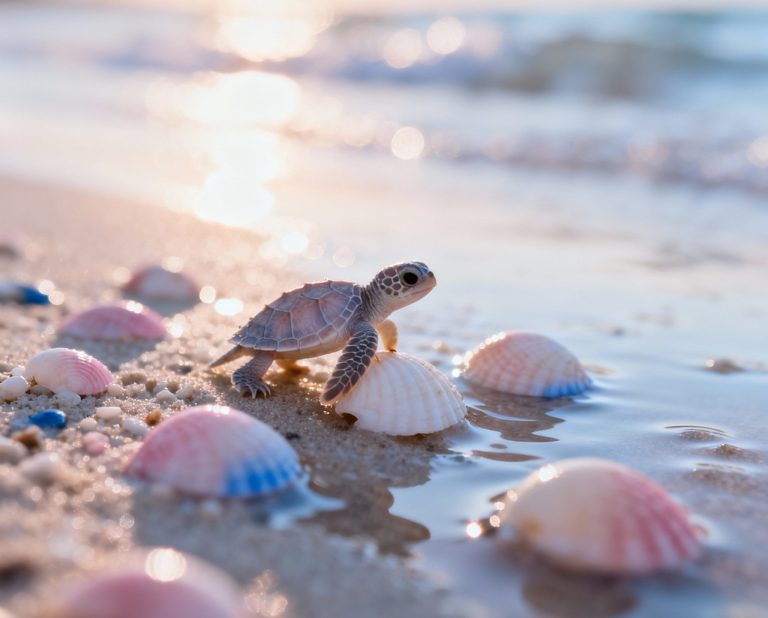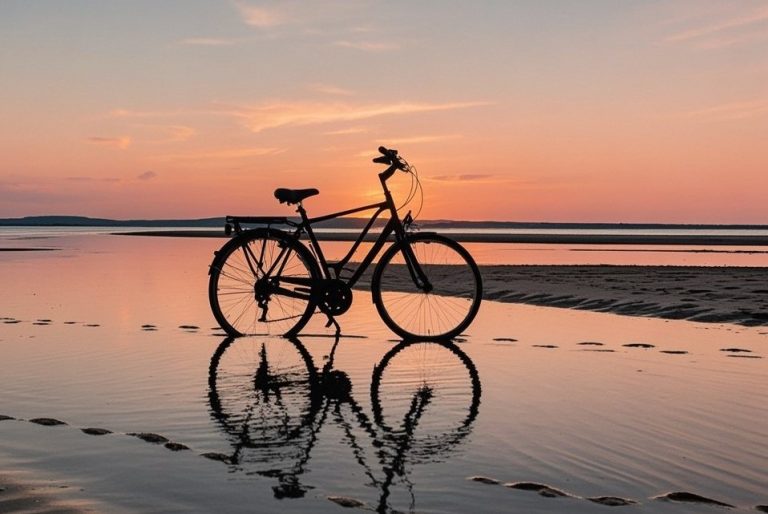Sanibel Island isn’t just a paradise for beach lovers—it’s the world’s seashell capital. Along its sandy shores, thousands of shells wash up each day, creating a natural treasure hunt unlike anywhere else.
In this article, we’ll dive into the fascinating world of Sanibel’s seashells. You’ll discover why the island has earned its reputation as a shelling paradise, explore the most iconic and unique shells that can be found along its shores, and learn how each shell carries its own story. We’ll also highlight the cultural and natural significance of these treasures, and finally, test your knowledge with a fun quiz to see how much you’ve learned about Sanibel’s seashell wonders.
Why Shell Lovers Flock to Sanibel
Sanibel Island has a unique east–west orientation, unlike most islands that run north–south. This special position allows the island to act like a natural scoop, collecting seashells brought in by the Gulf of Mexico. With more than 250 species of shells washing ashore, it has become a dream destination for collectors and casual beachcombers alike. Beyond its natural abundance, Sanibel also hosts the Annual Shell Festival, attracting enthusiasts from around the world to celebrate the island’s rare and beautiful finds.
Meet the Shells: Sanibel’s Most Iconic Finds
From rare treasures to everyday favorites, Sanibel’s beaches are home to an extraordinary variety of shells. In this section, we’ll explore the most iconic types you’re likely to encounter—from the legendary Junonia to the delicate Scallop—each carrying its own unique beauty and story.
Junonia (Scaphella junonia)
The Junonia is often considered the holy grail of seashells on Sanibel Island due to its rarity. With a smooth, cream-colored surface and distinct dark brown spots, its appearance is both elegant and captivating. Junonia shells are highly prized by collectors, and finding one on the beach is regarded as a rare stroke of luck.
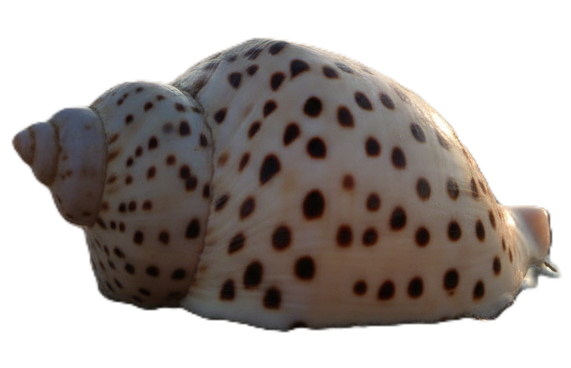
Fighting Conch (Strombus alatus)
The Fighting Conch is known for its vibrant orange to reddish-brown color and spiral shape, with small spines running along the outer edge. These shells are commonly found in shallow waters along Sanibel’s shoreline, where they are often seen as both a beautiful and iconic symbol of the island’s shelling culture.
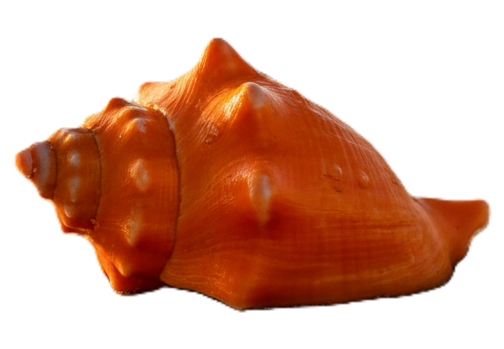
Lightning Whelk (Busycon sinistrum)
One of the largest shells found on Sanibel, the Lightning Whelk is instantly recognizable due to its striking zig-zag pattern that resembles lightning. Unlike most shells that spiral clockwise, the Lightning Whelk spirals counterclockwise, which makes it a unique and fascinating find for shell collectors. These shells often grow to large sizes, making them highly coveted by enthusiasts.
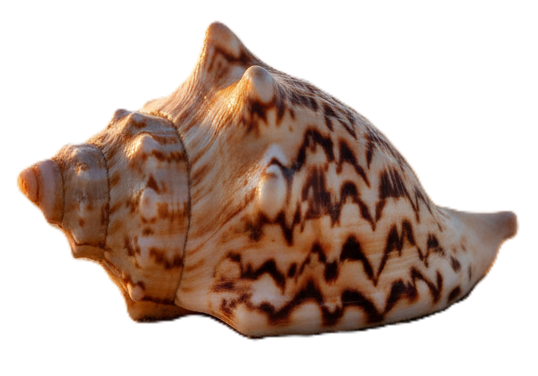
Scallop (Argopecten spp.)
Scallops are among the most colorful and symmetrical shells found on Sanibel Island. Their fan-shaped structure and variety of hues—ranging from vibrant oranges and yellows to purples and pinks—make them a favorite of both collectors and those looking for beachside beauty. The delicate, ridged edges of these shells make them easily identifiable and perfect for use in decorations or jewelry.
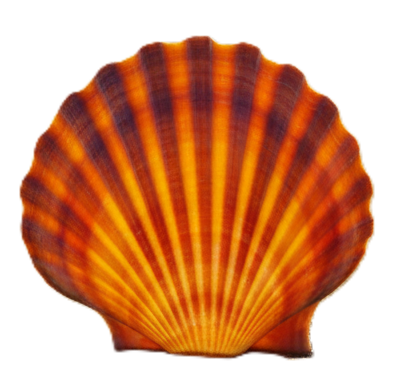
Alphabet Cone (Conus spurius atlanticus)
The Alphabet Cone gets its name from the striking patterns that resemble letters or abstract symbols across its surface. These cones are often sleek and narrow, with a smooth, glossy texture. While they are a visual delight, it’s important to note that living Cone Snails can be venomous, so handling them with care is advised. Despite this, they remain a sought-after find due to their distinct and elegant appearance.

Sand Dollar (Clypeasteroida)
Although not technically a shell, Sand Dollars are a beloved find on Sanibel’s beaches. These flat, round, and delicate discs have a star-shaped design in the center, which makes them especially symbolic. When alive, Sand Dollars are a grayish color, but once dried, they turn a bright, white hue. They’re often seen as symbols of peace and are a cherished memento of a trip to Sanibel Island.
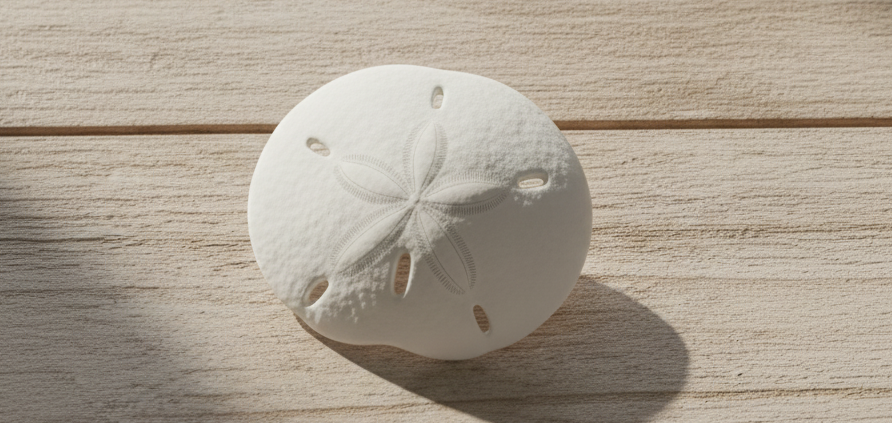
Olive Shell (Oliva sayana)
The Olive Shell has a sleek, polished appearance with a smooth, shiny surface that gives it an almost metallic look. It has a slender, elongated shape that tapers at both ends, with wavy patterns often visible along its surface. These shells are typically found buried in the sand, where they are often discovered by dedicated shell hunters. Their smooth and glossy finish makes them highly sought after for collections and jewelry-making.
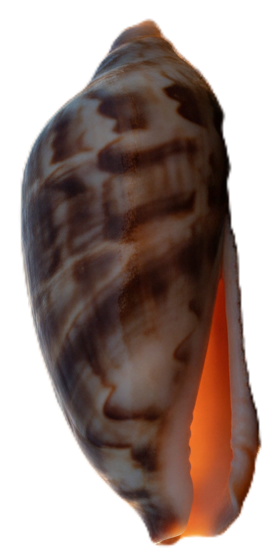
Cockle (Cardiidae family)
Cockles are heart-shaped shells that feature a series of prominent, straight lines running across their surfaces. Typically found in sandy or muddy shores, their symmetrical shape and solid texture make them easy to recognize. These shells are often considered symbols of love, both for their shape and the sense of calm and beauty they bring to those who collect them. Their simplicity makes them timeless treasures for beachgoers.
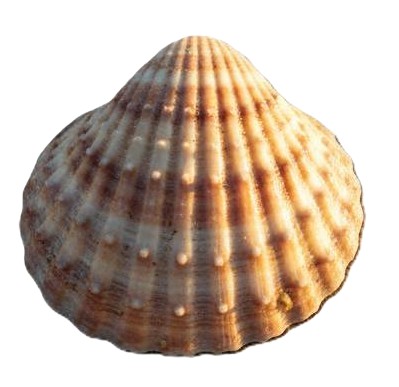
Quiz Time: How Well Do You Know Sanibel’s Shells?
Now that you’ve learned about Sanibel’s seashell wonders, it’s time to put your knowledge to the test!
This fun quiz will challenge you to match shells with their features, recall their unique traits, and discover if you’re truly a Sanibel shelling expert.
Question 1:
Which shell is considered the rarest and most prized by shell collectors on Sanibel Island?
A. Scallop
B. Fighting Conch
C. Junonia
D. Lightning Whelk
Question 2:
What is the unique feature of the Lightning Whelk that sets it apart from most other shells?
A. It has a zig-zag pattern.
B. It spirals counter-clockwise.
C. It is the smallest shell found on Sanibel.
D. It is completely smooth and glossy.
Question 3:
Which shell is flat, round, and has a star pattern in the center, often associated with symbols of peace?
A. Sand Dollar
B. Olive Shell
C. Fighting Conch
D. Alphabet Cone
Question 4:
The Scallop shell is known for its vibrant colors and fan-like shape.
Which of the following colors is commonly found on a Scallop shell?
A. Blue
B. Yellow
C. Green
D. Black
Question 5:
Which shell, shaped like a cone and often featuring abstract markings, is named for resembling letters?
A. Sand Dollar
B. Fighting Conch
C. Alphabet Cone
D. Lightning Whelk
Conclusion: Carrying the Magic of Sanibel Home
Sanibel Island offers a truly unique shelling experience, with its pristine beaches home to a variety of iconic seashells. From the rare Junonia to the colorful Scallop, each shell you find tells a part of the island’s natural story. Whether you’re a seasoned collector or a first-time visitor, the treasures of Sanibel are always waiting to be discovered.
Now that you’ve learned about the island’s most beloved shells, test your knowledge with our fun quiz and see if you’re a true Sanibel shell expert! 🤩
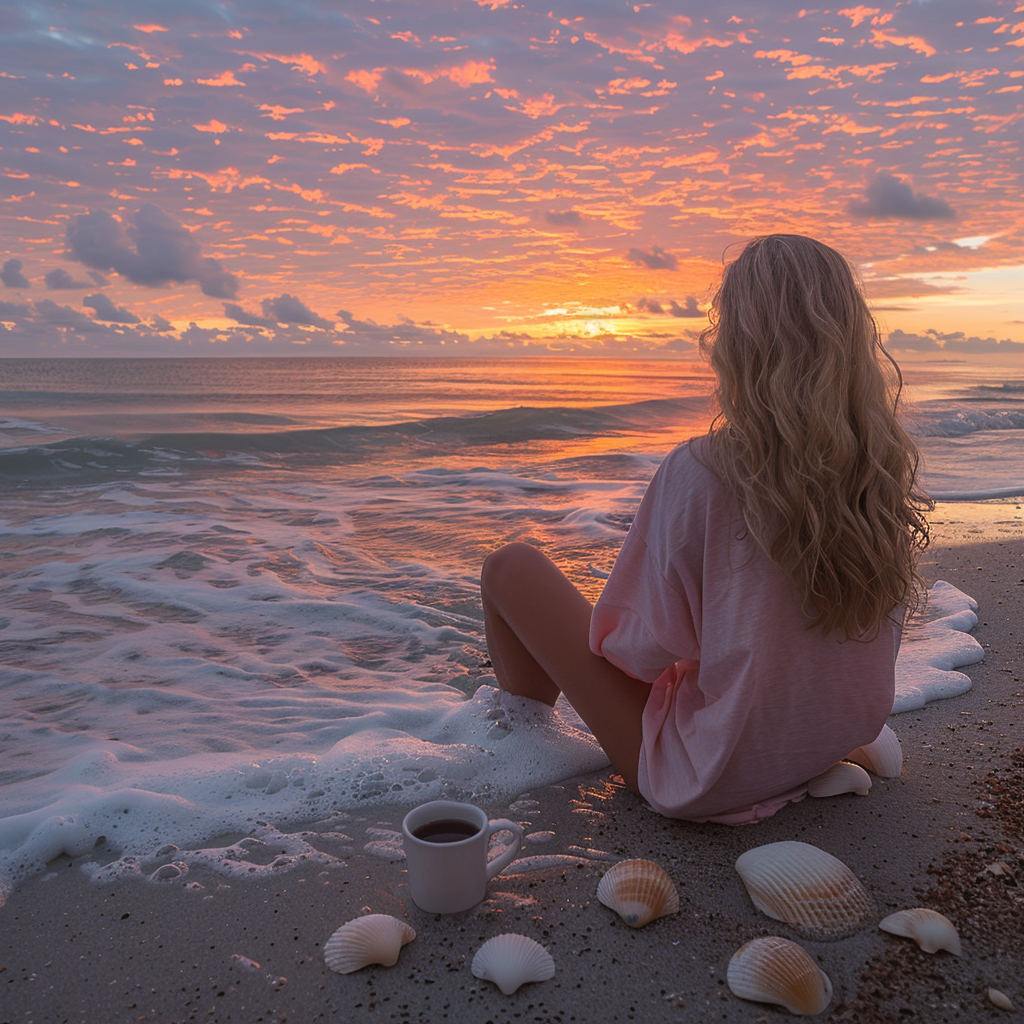
I’m Ayla Wolesky, and I’ve spent years exploring every corner of Sanibel Island. From its pristine beaches to the hidden gems only locals know about, I’m passionate about sharing everything this beautiful island has to offer. Whether it’s the best spots for shelling, the wildlife that makes Sanibel so special, or where to enjoy a perfect sunset, I’ve got you covered. My goal is to provide insider tips and up-to-date information that will help you experience Sanibel Island like never before.



